Headphone drivers: Dynamic vs planar magnetic vs electrostatic
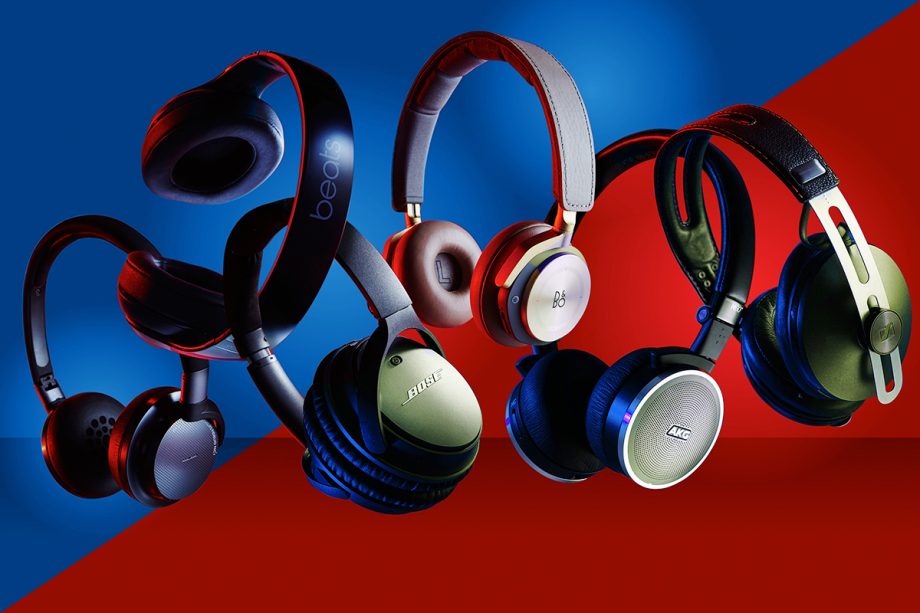
What kind of headphones are for you?
Headphones have become increasingly popular over the last few years. They’re getting so big that everyone appears to be getting in on the act, whether it’s tech giants like Apple and Samsung, or smaller vendors such as SoundMAGIC and MEE Audio. And that’s reflected in the types of headphones available, with more than one way to make a pair of headphones.
We’re going to look at the three main kinds of headphone driver: dynamic, planar magnetic and the less common electrostatic to find out which headphones offer the best performance for the best value.
If you’re after a headphone, but aren’t what type to go for, this guide will help to determine which path you should head down.
Related: Best Headphones
How dynamic driver headphones work
If you don’t know what kind of driver your headphones use, they almost certainly have dynamic drivers. This is the most common style, and there’s very little chance of that changing in the future.
They’re also known by another name – moving coil drivers. They are the headphone equivalent of the full-size drivers you’d have in your hi-fi or portable speakers.
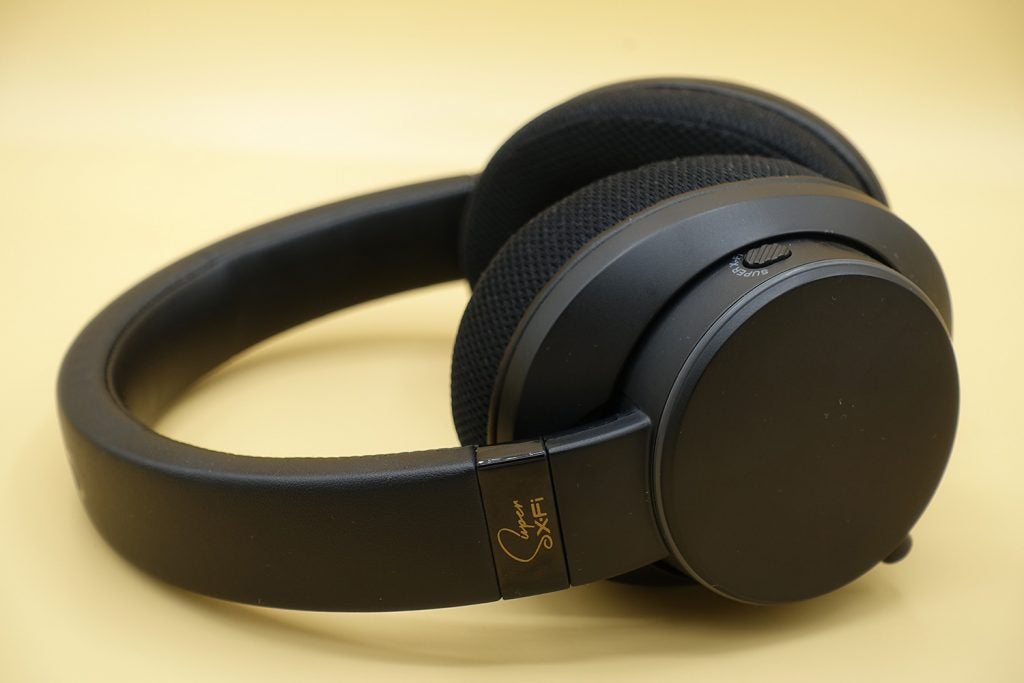
In this kind of driver, the signal is sent through a coil of ultra-thin wire, creating a magnetic field that reacts with a magnet. In physics terms, it’s an electromagnetic relationship.
This causes the voice coil to rapidly move backward and forward and in turn move the speaker diaphragm the coil is attached to. On a hi-fi speaker this is the cone-shaped part you tell the kids not to touch. But in headphones or a small Bluetooth speaker, it’ll generally be hidden behind a grille so you can’t see it.
This movement rapidly compresses and decompresses air, causing the sound waves to produce the audio that you hear.
How planar magnetic drivers work
Planar magnetic headphones are much less common than dynamic. In fact, you’ll probably only have heard of a few companies that make them. There are a number of manufacturers in the planar headphones marketplace.
Audeze and HiFiMAN are two of the bigger names. Oppo had a reputation for delivering quality planar headphones (such as the PM-3), but they’re no longer in that market any more. Then you have the likes of U.S. brand Monolith and China-based Brainwavz who offer cheaper efforts, but aren’t as well known.
These headphones work on a similar principle to dynamic driver headphones by using the interaction of two magnetic fields to cause motion. However, instead of moving the voice coil – pulling the diaphragm in and out from one ring within the driver – here the charged part is spread across the driver, which is a thin, largely flat film.
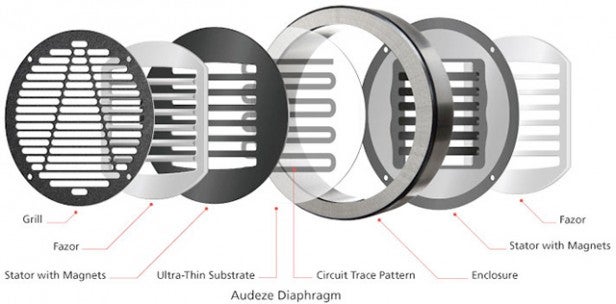
So instead of focusing the force on a small part, it’s spread across the diaphragm. This generally requires larger – or more – magnets than would be needed in a dynamic driver array, and they’re needed on both sides of a diaphragm, which is why a lot of planar magnetic headphones are quite bulky and heavy.
Headphone veterans out there may also know this kind of headphone as Orthodynamic, a term popularised by Yamaha. However, that’s actually a marketing term that only referred to headphones made by Yamaha.
How electrostatic headphones work
Now we’re onto the granddaddy of headphones: electrostatics. Not because they were being worn by caveman back in year X, but because a lot of the greatest headphones ever made used this technology.
The most important maker of electrostatic headphones is the Japan-based Stax, which had its heyday in the ’70s producing some of the best headphones around. Stax still makes them to this day, and there are a few other examples of this highly revered headphone type.
HiFiMAN has a pair of electrostatic headphones in the astonishingly expensive Shangri-La, which we got to hear a year before their announcement at CES 2013. Arguably one of the finest headphones ever made are the £10,000 Sennheiser Orpheus HE90, and they’re also electrostatic. Other notable electrostatic brands over the years include the likes of Fostex and Beyerdynamic.
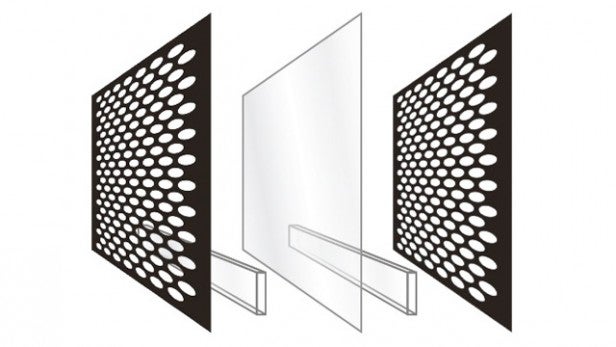
So, what’s different? The other two types of headphone use middle-men metal conductors to move the driver diaphragm. But here it is the diaphragm itself that moves directly.
It’s a very thin sheet of electrically charged material, usually made from mylar and just a few microns thick, that sits between two conductive plates. One is positively charged and the other negatively charged. The whole sheet can then be pushed towards either plate, causing the vibration needed to create those sound waves.
You’ll find this kind of driver in some full-size hi-fi speakers too. They’ll generally be paired with a more traditional dynamic driver in its own cabinet to handle the bass, though, or else are absolutely massive. Due to the relatively small amount they’re able to move back and forwards, they don’t excel at creating bass frequencies. This tend to be a bit less of a problem with headphones, though.
What are the pros and cons of dynamic drivers?
The most obvious benefit of dynamic drivers is they’re cheap. Or at least they can be. They’re effectively a coil of wire (the voice coil) attached to a plastic (in the case of headphones) diaphragm and set into a magnet.
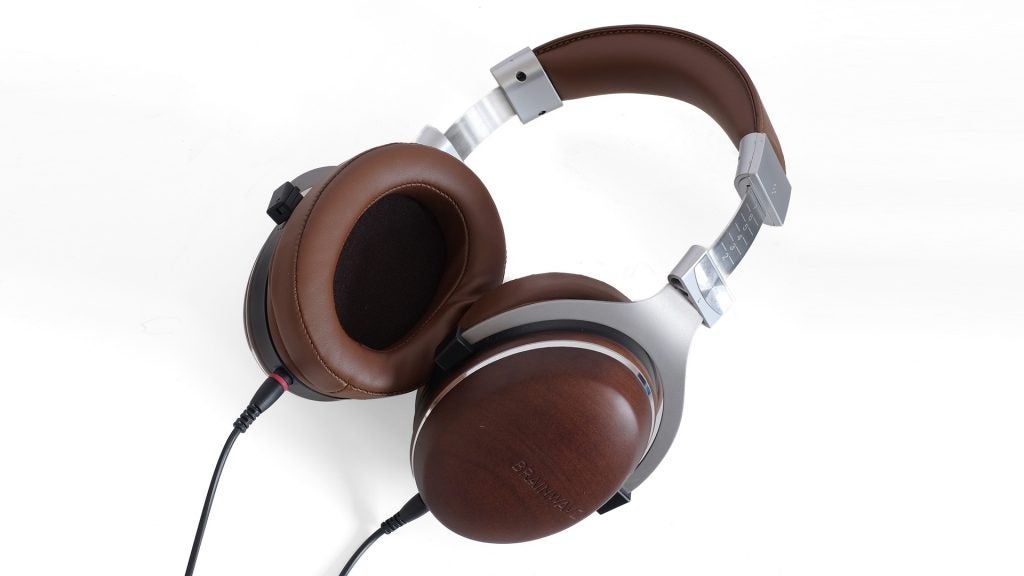
Where trying to make planar or electrostatic drivers on an extreme budget might mean they end up flat-out broken, dynamic drivers can be made for peanuts and still be reasonably effective. They also tend to be a lot easier to drive than planar headphones, because the voice coil construction means there’s less for the driver to actually move. The rest of the diaphragm is simply pulled along.
That works as an introduction to one of the dynamic driver’s big issues. As the diaphragm is pushed and pulled only by the part attached to the voice coil, its shape distorts, especially at higher volumes. This can cause audio distortion. We’re not talking about crackly fuzz, but simply an altering of the intended sound. You may hear this called “non-linear distortion” in audiophile circles.
On the other hand, dynamic drivers are also very good at creating quite a lot of in-your-face bass, which has become one of the defining characteristics of the popular Beats headphones.
While considered by some to be an entry-level headphone driver, engineers have been able to pull an awful lot out of this driver. Among our favourites are the Sennheiser HD 800: they’re a great pair yet use a dynamic driver.
What are the pros and cons of planar magnetic drivers?
Planar magnetic headphones are a bit like a middle ground choice between the simple dynamic headphone and high-end electrostatic. You get the distortion-reducing driving force across the diaphragm without needing any extra hardware beyond your headphones and source.
Granted, some planar headphones can’t really be driven properly without a dedicated headphone amp, with some of the HiFiMAN HE-series pairs being good examples of this. But the Oppo PM-1 and PM-3 work well with a smartphone or MP3 player.
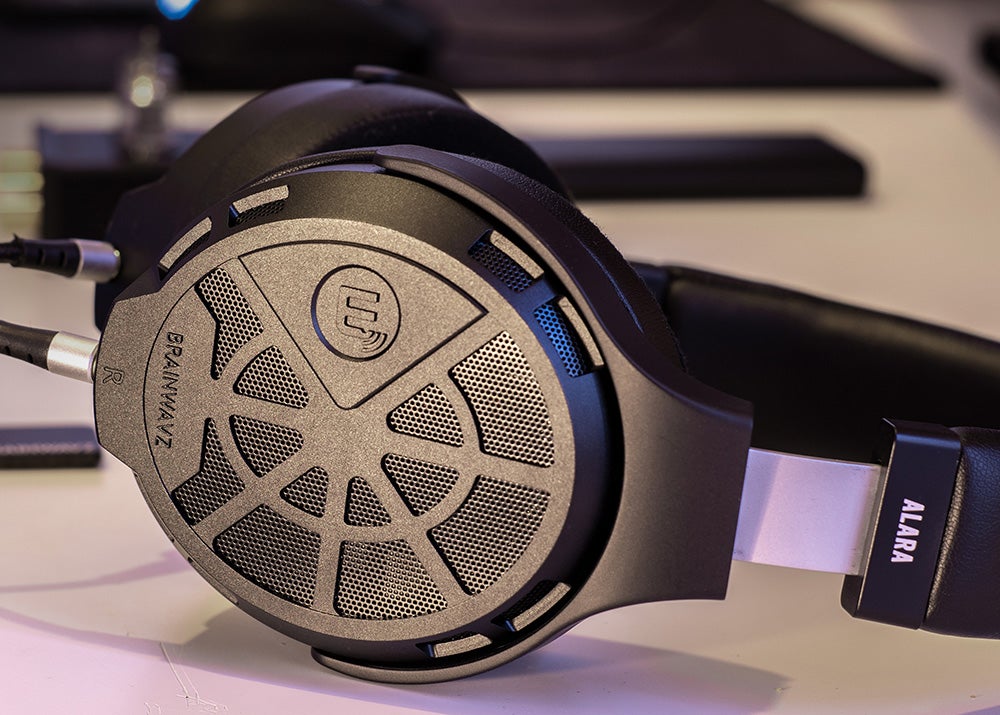
The driver design of planar also results in very low-distortion sound and excellent transient response. Transient response is how fast the driver reacts to changes in the input signal and how quickly it cuts off those frequencies as they’re cut out of the source, which is particularly important for bass notes.
It’s possible to look too much into these technical terms, though. What we like is that all the planar headphones we’ve tried have very clear, accurate sound that comes across as very lifelike.
One slight downside from our own impressions is that most don’t tend to have quite as wide a soundstage as the very widest dynamic headphones. No planar headphones we’ve heard sound as big and wide as the Sennheiser HD 800.
Another potential issue is weight. In the review of Brainwavz’s Alara headphones, we felt that while they offered a “fast, detailed and spacious” sound, users would have to “make certain concessions regarding weight and fit”.
What are the pros and cons of electrostatic headphones?
Some people say you can’t beat electrostatic headphones, and from a certain perspective, we’d agree. Their architecture lets them create near-flawless detail and very fast ‘attack’.
However, they’re not cheap or practical. Sure you can buy an old pair of electrostatics on the cheap if you get lucky, but you’re unlikely to find a single pair of electrostatics on the high street, let alone an affordable pair.
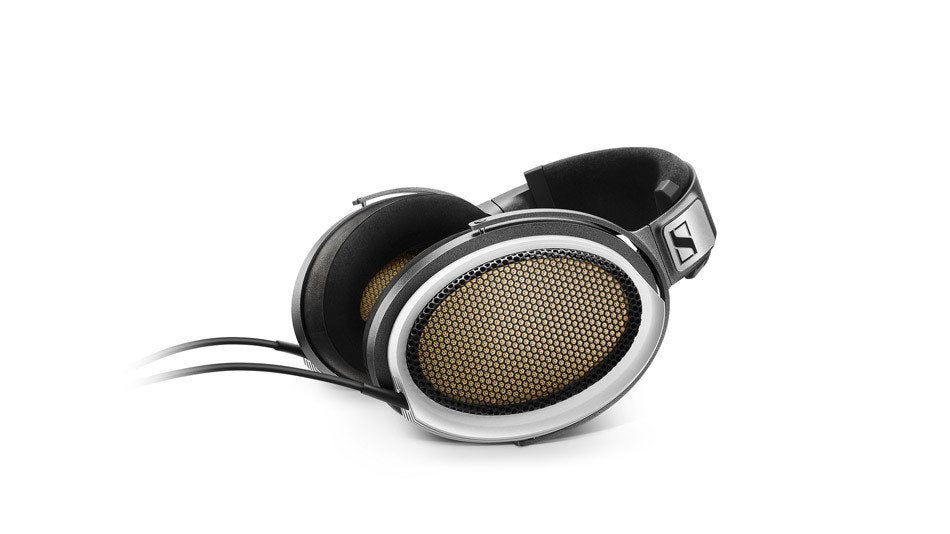
For the ultimate experience, you’d want a pair of Stax SR-009 headphones, which cost around £3000 and that doesn’t include the required £2000 ‘energiser’ to make them actually work. Because electrostatics don’t work like normal headphones, they need a separate box to function. This is basically an electrostatic-specific amp, but is often called an energiser.
As such, they’re not portable and electrostatic headphones tend to embrace this. Every pair we’ve used has an open design, meaning the backs of the cups are perforated, letting sound both out and in, but also offering a more open and airy sound.
One of the best sounding pairs available are the Sennheiser Orpheus HE-1 but they will set you back £51,000 (and that price includes the amp too).
Want to hear what electrostatics sound like in person? Check out the HiFiMAN HE1000 and Stax SR-007/009 if you can find them. If you want to spend less than a couple thousand pounds, you could try and look for the AKG K340 on a second hand site, but they’re pretty rare.
Verdict
Which is right for you? If you want something cheap and easy, the dynamic driver is your best bet. If you have wads of cash to spend and are willing to give up any idea of your headphones being portable, consider an electrostatic pair.
In the middle sits the planar magnetic headphone, which is a step-up design that doesn’t mean you have to be willing to sacrifice anything just for the sake of your headphones. They get you some undeniable driver architecture benefits without being a pain in the backside either.
The best advice to give when thinking about any serious headphone purchase, though, is to try them if you can. And don’t be too wowed by initial impressions. Try to have a proper listen, if possible.


